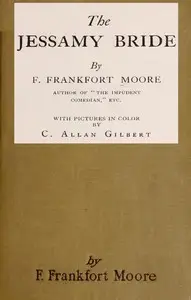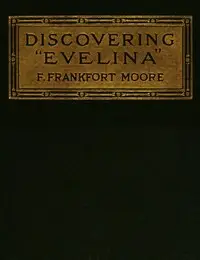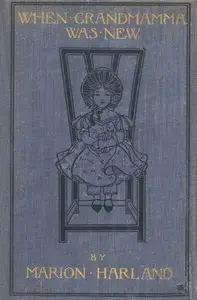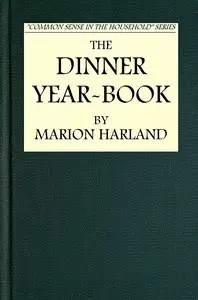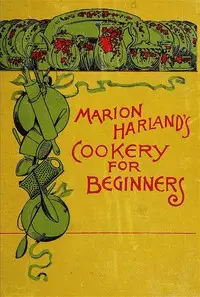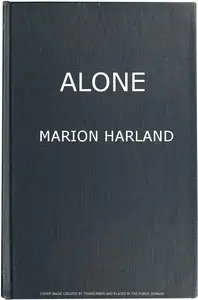"Jessamine: A Novel" by Marion Harland is a story set in the late 1800s that starts with a young woman named Jessie who finds herself drawn to a preacher named Mr. Fordham, showcasing her hopeful and dreamy personality. The story continues with Jessie meeting Mr. Wyllys at a local party, setting the scene for a tale of love, big dreams, and the complex rules of society. We learn that Jessie is a lively girl, but also that she's dealing with some health problems as we see first meeting her at her home dreaming about the charismatic speaker at church. Her strong feelings for Mr. Fordham are clear, along with her deep respect for her family’s background and the history of her town. As she gets to know Mr. Wyllys, she shows a need for friendship and approval as she navigates her growing feelings, while dealing with the aftermath of an injury. The beginning of "Jessamine" successfully introduces the relationships between the characters and suggests the possibility of love as the story moves forward.

Jessamine: A Novel
By Marion Harland
In a world of social expectations, a young woman’s heart is caught between admiration for a preacher and the promise of a new connection, all while dealing with personal challenges.
Summary
About the AuthorMary Virginia Terhune, also known by her penname Marion Harland, was an American author who was prolific and bestselling in both fiction and non-fiction genres. Born in Amelia County, Virginia, she began her career writing articles at the age of 14, using various pennames until 1853, when she settled on Marion Harland. Her first novel Alone was published in 1854 and became an "emphatic success" following its second printing the next year. For fifteen years she was a prolific writer of best-selling women's novels, classified then as "plantation fiction", as well as writing numerous serial works, short stories, and essays for magazines.
Mary Virginia Terhune, also known by her penname Marion Harland, was an American author who was prolific and bestselling in both fiction and non-fiction genres. Born in Amelia County, Virginia, she began her career writing articles at the age of 14, using various pennames until 1853, when she settled on Marion Harland. Her first novel Alone was published in 1854 and became an "emphatic success" following its second printing the next year. For fifteen years she was a prolific writer of best-selling women's novels, classified then as "plantation fiction", as well as writing numerous serial works, short stories, and essays for magazines.

